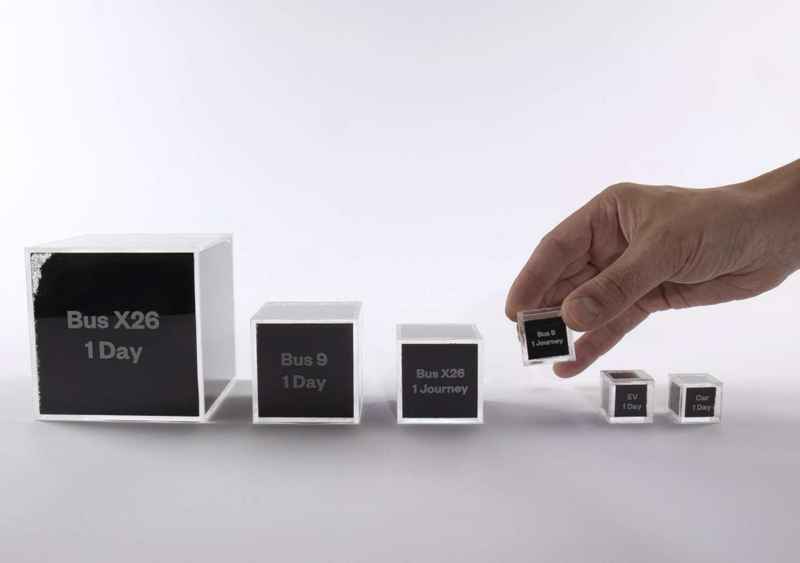A group of students from Imperial college, London have invented a device that collects tyre particle residue from vehicles, which is one of the biggest contributors to global air pollution.
Tyre wear is a microscopic phenomenon wherein, small microscopic rubber particles are separated from tyres as the vehicle runs on the road. These particles are emitted every time a vehicle brakes, accelerates or turns a corner, the tyres wear down and the tiny particles become airborne or are deposited on the road.
The Tyre Collective -- a name the students have given themselves, has devised a way to eliminate this source of air pollution completely. Their solution? A patent pending device that is fitted on the wheel of a vehicle, that absorbs the tyre emissions before they get a chance to become airborne. The device uses electrostatics to collect particles as they are emitted from the tyres. The group claims that their prototype can collect 60% of all airborne particles from tyres, under a controlled environment on their test rig.
Once collected, the tyre residue can be collected and reused to build components for new tyres or other materials like ink. In fact, the group has also demonstrated this by using the residue to make recycled ink, from which they printed their own business cards!
Just recently, a UK air quality expert group -- Emissions Analytics also concluded from their studies that tyres are a major contributor to and arguably the biggest source of pollutant emissions from cars today in terms of non-exhaust sources. Surprisingly, tyre wear is also the second-largest micro-plastic pollutant in our oceans after single-use plastic, as the residue left on the roads is eventually washed into drains, rivers and, ultimately, the sea.
Also See: Goodyear Reveals Regenerating Tyre Inspired By Spider Silk

The Tyre Collective further elaborated that although the latest trend of Electric Vehicles (EVs) is going to play a huge part in reducing global air pollution from exhaust emissions, the emissions from tyres continues to go unchecked. Furthermore, the group thinks that the adoption of Electric Vehicles across the globe will lead to a rise in tyre emissions due to the additional weight of the EVs.
The Tyre Collective is made up students from the Innovation Design Engineering MSc programme, offered jointly by Imperial College London and the Royal College of Art: Siobhan Anderson, Hanson Cheng, M Deepak Mallya, and Hugo Richardson. The team is supervised by Robert Shorten, Professor of Cyber Physical Systems Design in the Dyson School of Design Engineering.
The team are also participating in this year's Venture Catalyst Challenge, Imperial's flagship entrepreneurial competition.
Source: imperial.ac.uk
